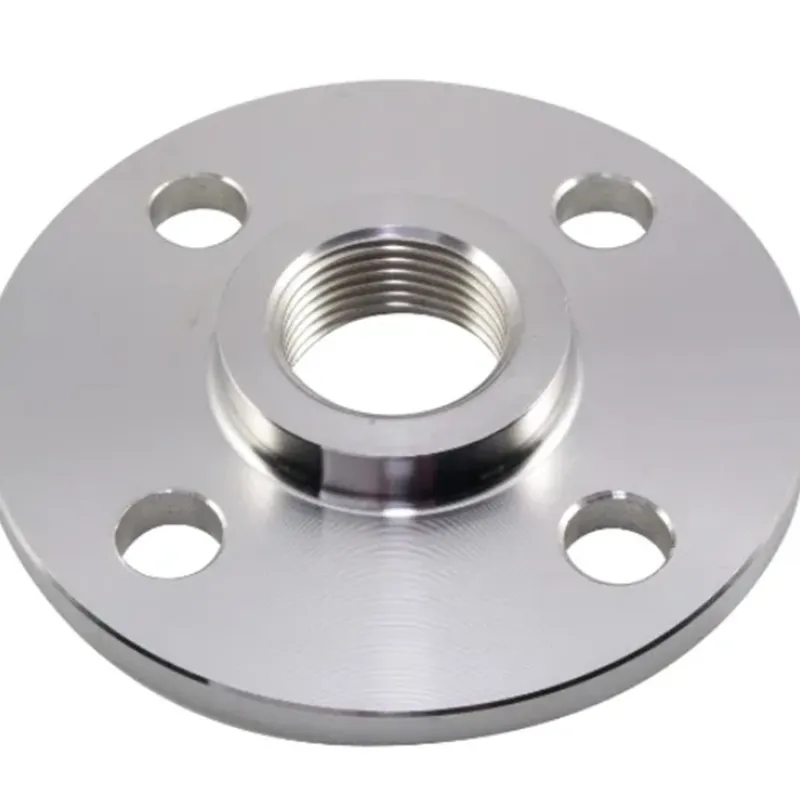-
Cangzhou Yulong Steel Co., Ltd.
-
Phone:
+86 13303177267 -
Email:
admin@ylsteelfittings.com
- English
- Arabic
- Italian
- Spanish
- Portuguese
- German
- kazakh
- Persian
- Greek
- French
- Russian
- Polish
- Thai
- Indonesian
- Vietnamese
- Zulu
- Korean
- Uzbek
- Hindi
- Serbian
- Malay
- Ukrainian
- Gujarati
- Haitian Creole
- hausa
- hawaiian
- Hebrew
- Miao
- Hungarian
- Icelandic
- igbo
- irish
- Japanese
- Javanese
- Kannada
- Khmer
- Rwandese
- Afrikaans
- Albanian
- Amharic
- Armenian
- Azerbaijani
- Basque
- Belarusian
- Bengali
- Bosnian
- Bulgarian
- Catalan
- Cebuano
- China
- China (Taiwan)
- Corsican
- Croatian
- Czech
- Danish
- Esperanto
- Estonian
- Finnish
- Frisian
- Galician
- Georgian
- Kurdish
- Kyrgyz
- Lao
- Latin
- Latvian
- Lithuanian
- Luxembourgish
- Macedonian
- Malgashi
- Malayalam
- Maltese
- Maori
- Marathi
- Mongolian
- Myanmar
- Nepali
- Norwegian
- Norwegian
- Occitan
- Pashto
- Dutch
- Punjabi
- Romanian
- Samoan
- Scottish Gaelic
- Sesotho
- Shona
- Sindhi
- Sinhala
- Slovak
- Slovenian
- Somali
- Sundanese
- Swahili
- Swedish
- Tagalog
- Tajik
- Tamil
- Tatar
- Telugu
- Turkish
- Turkmen
- Urdu
- Uighur
- Welsh
- Bantu
- Yiddish
- Yoruba

Oct . 13, 2024 01:30 Back to list
welded tee
Understanding Welded Tees Applications and Benefits
Welded tees are critical components in various piping and plumbing systems that combine multiple pipes at a single junction point. These fittings allow for the efficient distribution of fluids, gases, or slurries within industrial settings, making them essential in many applications. Understanding the nuances of welded tees, their manufacturing process, and their benefits can help engineers and designers make informed decisions when selecting materials for their projects.
What is a Welded Tee?
A welded tee is a type of pipe fitting that joins three sections of piping—two that run parallel and one that connects perpendicularly. This configuration resembles the letter T, hence its name. Welded tees are manufactured through welding techniques, which provide strong and durable joints that can withstand high pressure and temperature conditions.
Manufacturing Process
The production of welded tees typically involves cutting and shaping the pipe sections, followed by the welding of the joint where the perpendicular pipe meets the two parallel pipes. Common welding methods used for this purpose include arc welding, TIG (Tungsten Inert Gas) welding, and MIG (Metal Inert Gas) welding. The choice of the welding technique depends on the desired strength, material type, and application environment.
High-quality welded tees are usually made from materials such as stainless steel, carbon steel, or alloy steel to ensure longevity and durability
. Once produced, these fittings undergo stringent quality control testing to meet industry standards and specifications.Applications
welded tee

Welded tees are utilized in a myriad of applications across various industries, including oil and gas, chemical processing, water treatment, and HVAC systems. They facilitate the distribution of fluids, allowing for more efficient system designs. For instance, in oil refineries, welded tees are frequently used to connect piping systems that transport crude oil and its derivatives, creating a robust infrastructure that can handle extreme conditions.
In addition, welded tees are essential in municipal water systems, enabling the connection of main supply lines to distribution networks that serve residential and commercial areas. Their resilience and leak-proof characteristics contribute significantly to the reliability of these vital systems.
Benefits
One of the primary advantages of using welded tees is their strength. The welding process creates a solid bond between the components, reducing the likelihood of leaks or failures, especially under high-pressure conditions. This reliability is crucial in industries where safety and adherence to regulatory standards are paramount.
Another significant benefit is the versatility of welded tees in various configurations. They can accommodate different pipe sizes and orientations, making them suitable for a wide range of applications. Additionally, the smooth internal surfaces of welded tees minimize pressure drops and allow for better fluid flow, contributing to the overall efficiency of the piping system.
Conclusion
Welded tees play a vital role in many industrial applications, providing strong, reliable connections in piping systems. Their manufacturing process, material selection, and numerous applications make them a go-to choice for engineers and designers looking to ensure the efficiency and safety of their systems. By understanding the advantages and applications of welded tees, professionals can make informed decisions that enhance the performance of their projects.
Latest news
-
ANSI 150P SS304 SO FLANGE
NewsFeb.14,2025
-
ASTM A333GR6 STEEL PIPE
NewsJan.20,2025
-
ANSI B16.5 WELDING NECK FLANGE
NewsJan.15,2026
-
ANSI B16.5 SLIP-ON FLANGE
NewsApr.19,2024
-
SABS 1123 FLANGE
NewsJan.15,2025
-
DIN86044 PLATE FLANGE
NewsApr.19,2024
-
DIN2527 BLIND FLANGE
NewsApr.12,2024
-
JIS B2311 Butt-Welding Fittings LR/SR 45°/90° /180°Seamless/Weld
NewsApr.23,2024











